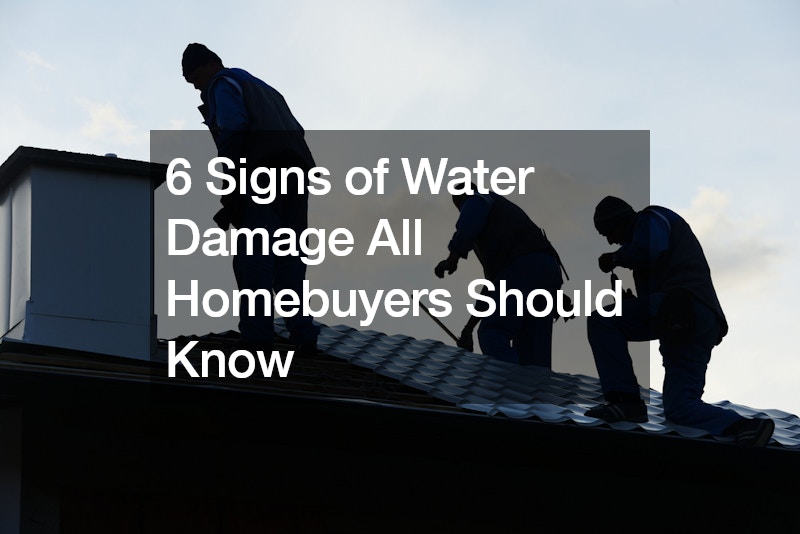
According to At Home Inspections, water damage is one of the most challenging problems homeowners face. Water damage can endanger the structure of a home. In addition, water damage can lead to mold, which causes respiratory illnesses. Because of this, if you are considering buying a home, it’s a good idea to look carefully at the roof age of the house.
You may wonder how to tell the age of a roof if you’re not the home’s first owner. Physical signs of an aging roof include curling shingle corners, bald or missing shingles, and a visibly sagging roof. Ask for paperwork that shows the age of the roof on a house you want to buy. Since an older roof puts a home at greater risk of leaking – and causing water damage – knowing the roof’s age can help homeowners be prepared.
Another way to find a roof’s status is to ask a roofing contractor. The contractor may not know the age, but they can typically make an accurate roof age estimate. Wise homeowners know keeping a good relationship with a team of roofers is essential. In addition to performing roof repairs, a roofer can help keep your home in a defensive mode against roof damage.
While people may worry about their homes eventually getting damaged by water, some houses will already have problems like that. Homeowners almost always need water damage restorations after a flood. That said, they might find out that the house that they recently purchased has its own forms of water damage.

They may or may not have to look for wet-dry restoration services. Unfortunately, that kind of long-term water damage might be relatively difficult to repair. People often call water damage consulting professionals after a flood. Still, these technicians aren’t just available at those times.
If you see strange stains on the walls of the house or the ceiling, they could have been caused by a flood at some point in the past. Some water damage in closet corners or rooms might not be as obvious. If you found out that the house had issues with mildew or mold, it may be time to look for the source of those infestations. Water might still be leaking into the house, which means that more of these concerns will develop as the months and years pass. Even if that isn’t happening, you should make sure that your house gets renovated and repaired quickly.


Probably one of the most stressful aspects of buying a new house is not knowing whether it has hidden damage that could cost you thousands of dollars down the road. And water damage — along with things like foundation and electrical problems — is one of the top concerns for prospective homeowners. Of course, the smartest thing you can do is find an inspector you can trust; buying a home is a big real estate decision, and having a professional home inspector look for signs of water damage should be an absolute must. Still, it can’t hurt to be able to recognize some of the signs and symptoms of water damage yourself, too. Here are six things to look out for:
- Water StainsThis is the most obvious one. Water stains usually show up as irregularly shaped brownish or yellowish patches on the walls or ceiling.
- Buckling SurfacesDrywall and wood both absorb water, making them swell. You can often feel this buckling when you walk over an area or run your hand along the walls. Keep in mind that even small amounts of water leakage over time — a tiny place where tile isn’t sealed in the bathroom, for example — can cause this type of damage.
- Crumbling WoodWater infiltration will cause wood to crumble (although many other things will too). Pay attention to baseboards and the areas around doors and windows, in particular.
- A Musty SmellSometimes your nose will find water damage even when it’s hidden from sight. Mold and mildew have a distinct odor that goes behind the usual staleness of a house that’s old or has been shut up for a while.
- Dripping SoundsEspecially if you’re worried about a roof leak, keeping your ears open when it’s raining can help you determine whether any water is coming into attic areas. Rain sounds very different coming through the roof than it does hitting the roof.
- Fresh PaintPaint isn’t a sign of water damage in and of itself, of course. But some unscrupulous sellers will try to cover up the signs of water damage with a fresh coat of paint. If just one area has been patched and painted while the rest of the house has been left untouched, it’s probably smart to investigate further.
Do you have any other tips on spotting water damage? Share them in the comments.
